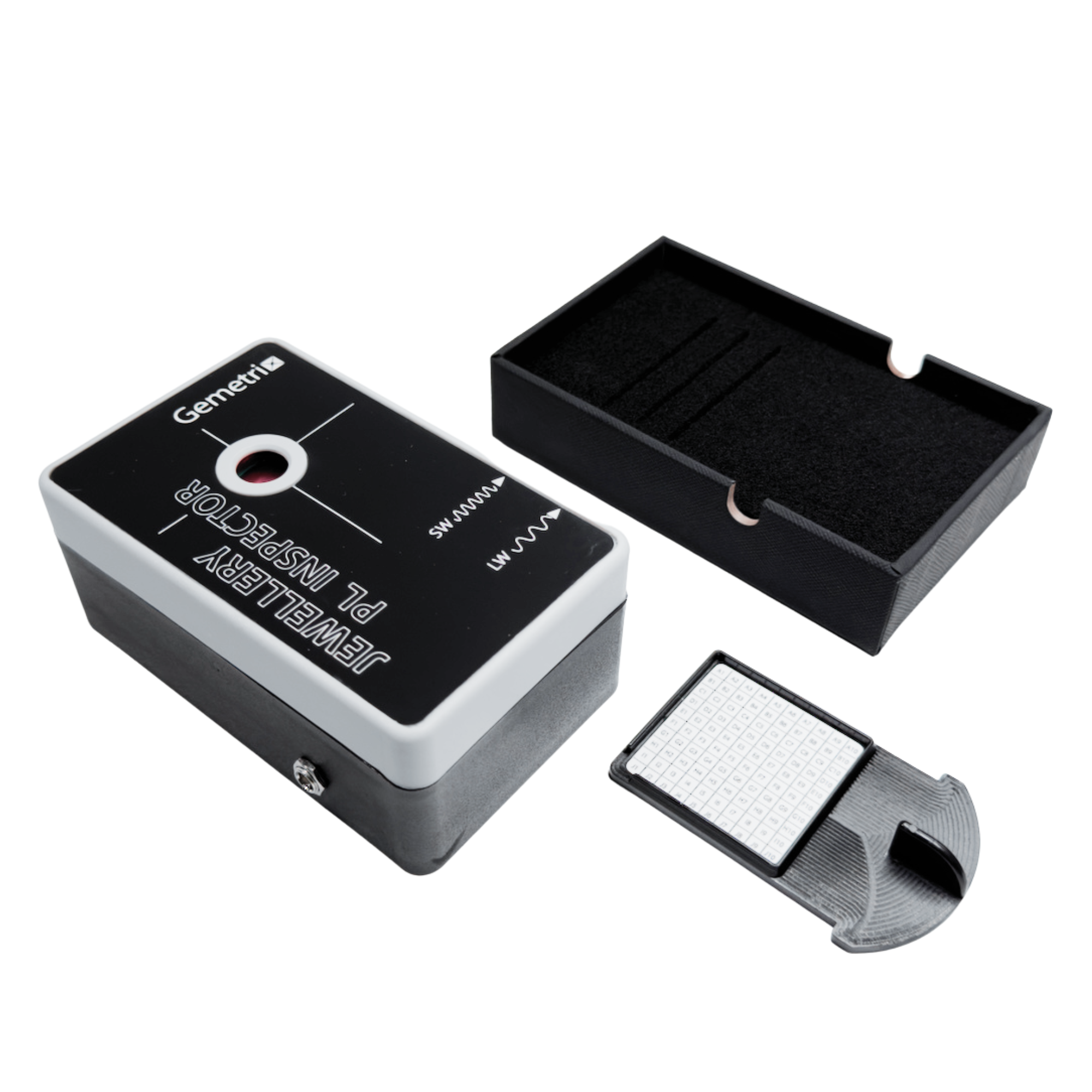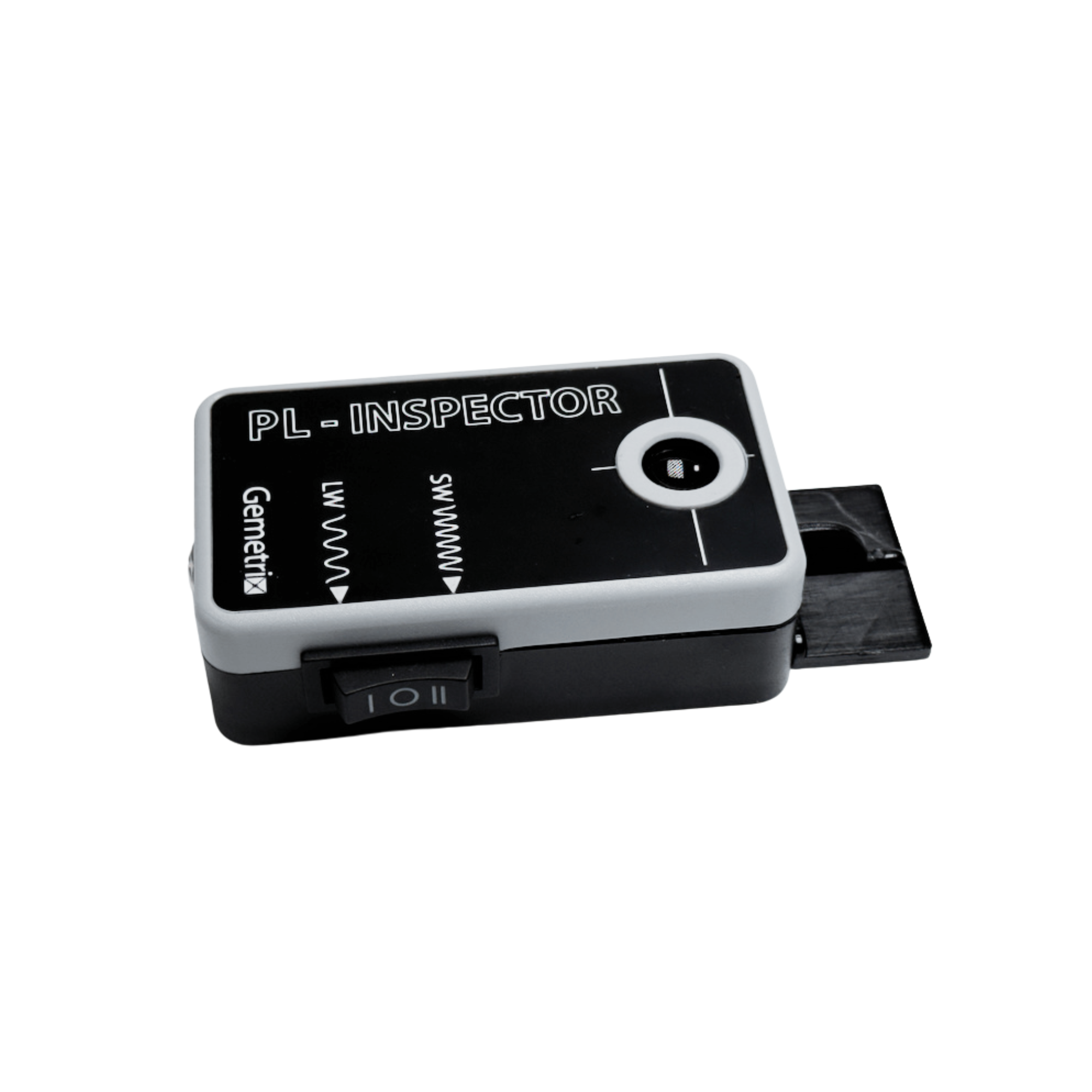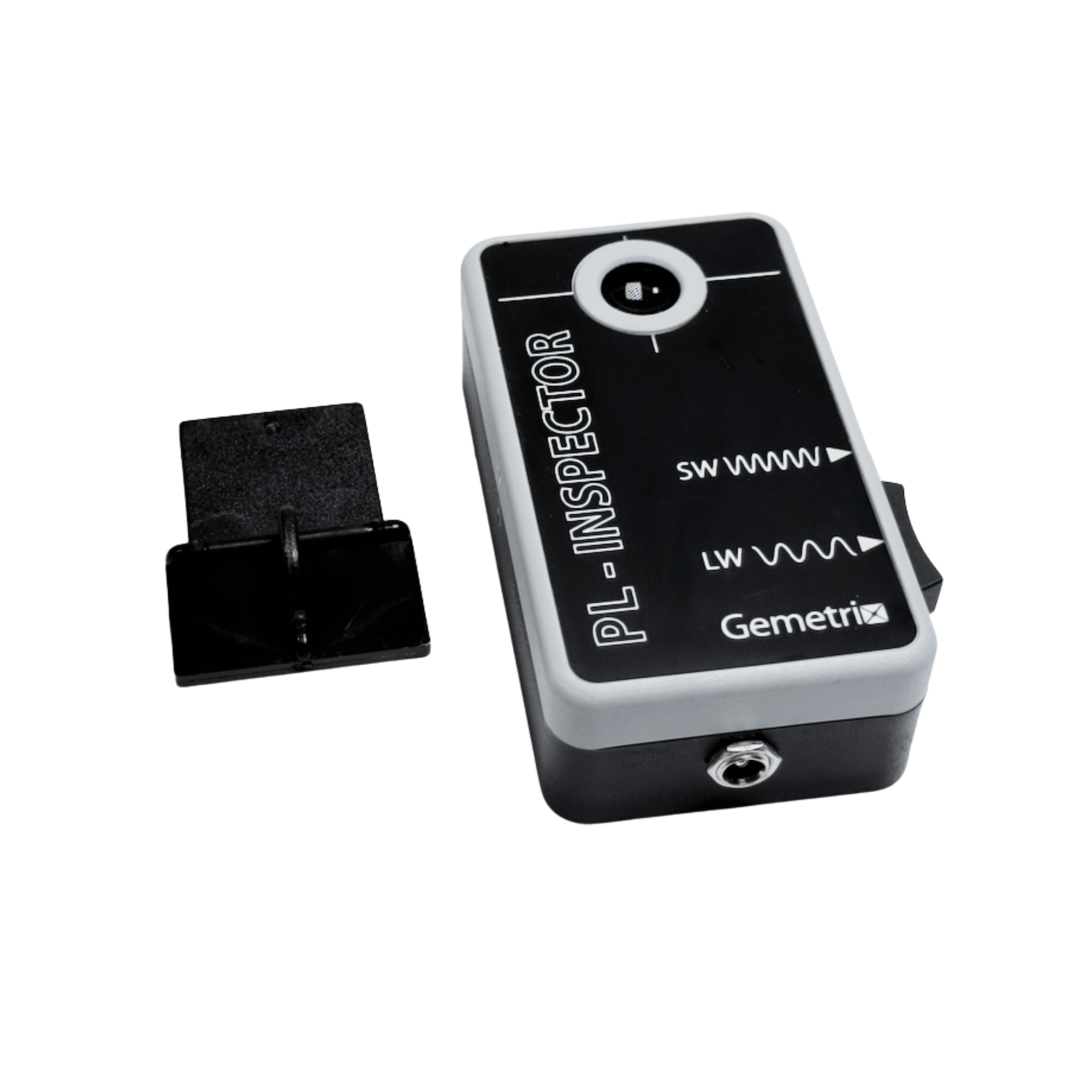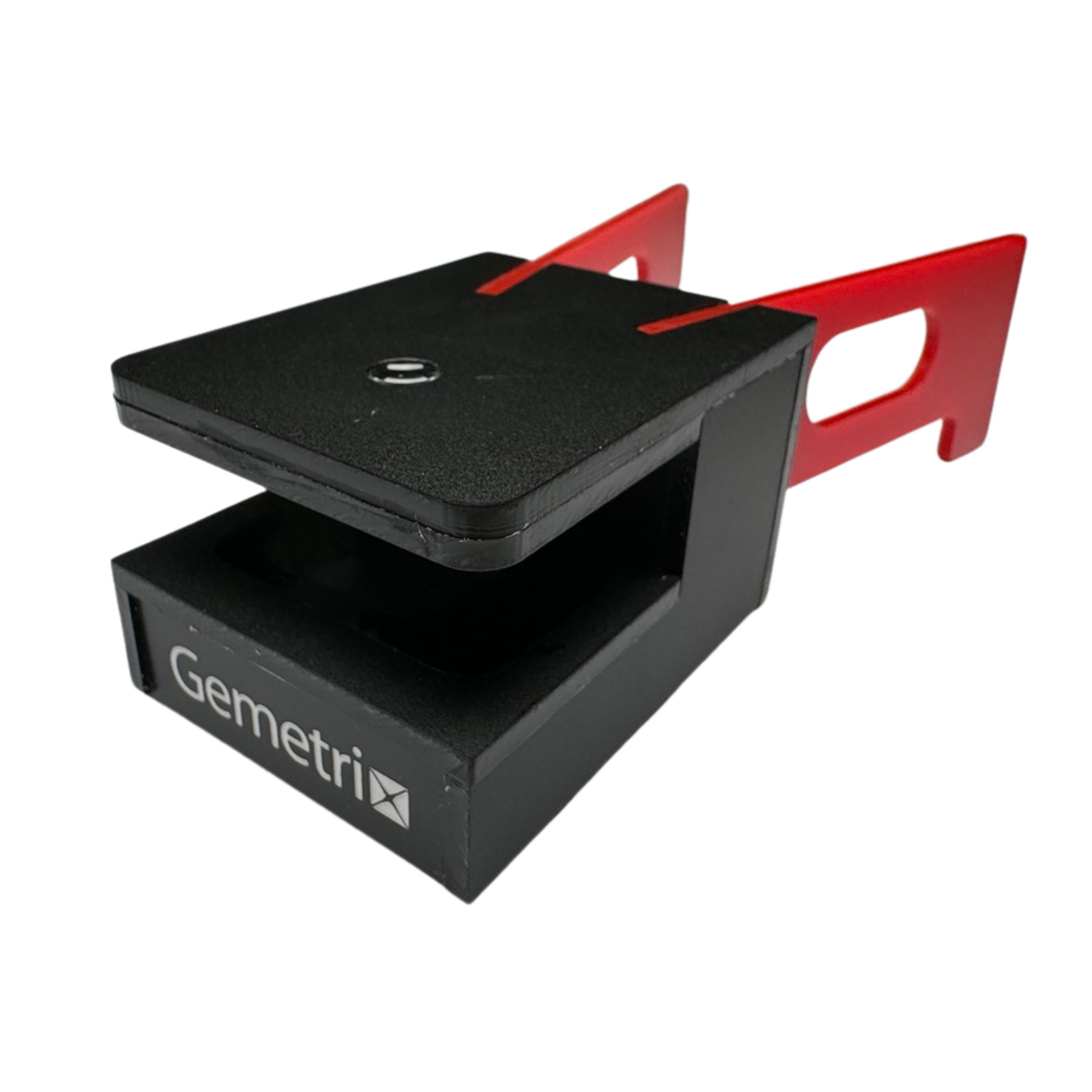Although diamonds have been a symbol of beauty, wealth and indestructibility since ancient times, today's technology enables diamonds to produce synthetic, so -called laboratory -like characteristics. This article focuses on the distinction between laboratory -created and natural diamonds, which is key to consumers and experts in the field of jewelery.
With the right knowledge and equipment, the laboratory -created diamond can always be reliably identified and distinguished.
The main differences in their properties
Laboratory -created diamonds share many physical and chemical properties with natural diamonds, but thanks to advanced devices and techniques it is possible to detect key differences that are not visible to the naked eye.
All you have to do is have the necessary knowledge and adequate devices that are not expensive today. The situation does not change in any way, previously many people had a problem identifying and recognizing synthetic Moissanite by natural diamond. Today they only have to adapt their control mechanism to adapt the current situation and keep up with the times. People in the field of jewelery had to control the authenticity before, now it is only necessary to re -evaluate the workflow of the entry inspection, the so -called screening.
Technology and procedures for distinguishing
Advanced technologies allow experts to reliably distinguish between laboratory and natural diamonds.
- UV -based device: These devices such as Yehuda Sherlock Holmes and Dr. Watson, uses different photoluminescent reactions of natural and laboratory diamonds for their identification. Cheaper devices, such as Gemetrix, work on a similar principle, but require more careful interpretation of the user's results.
- Fluorescent spectroscopic analysis: Magilabs exa devices use advanced spectroscopy to quickly detect natural diamonds and identify many colored gems.
- Identification of inclusions: Metallic inclusions in a diamond may confirm that it is not a natural diamond, as natural diamonds never contain metallic inclusions.
When selecting a screening device or identifying laboratory diamonds, it is critical to check independent testing of these devices. Natural Diamond Council has set up an Assure program for independent testing of laboratory -made diamonds. It is advisable to use multiple devices working on different principles that cover each other possible shortcomings in testing.
Metrics measured by Assure program
The Assure program, set up Natural Diamond Council, is a key tool for independent testing of laboratory -created diamonds. Important metrics that evaluate the program include:
- DIAMOND FALSE POSITIVE RATE (DFPR): This metric indicates the percentage of laboratory -created diamonds that are mistakenly identified by the device as natural. The ideal value is 0%, which means that the device will never give up a laboratory diamond for naturally natural testing. If you plan to purchase only one diamond testing device, it is necessary to choose a 0%DFPR device to exclude the possibility that the device erroneously identifies the laboratory -generated diamond as natural.
- Diamond Referral Rate (DRR): It shows the percentage of tested diamonds in which the device cannot provide a definitive answer and recommends further testing. Ideally, this value should be 0%, indicating that the device is able to provide specific results for all diamonds tested without the need for further testing.
- DIAMOND ACCURACY RATE (DAR): The metric indicates the percentage of natural diamonds tested, which are correctly identified by the device as natural. The ideal value is 100%, which means that all natural diamonds are correctly identified by the device.
It is important to monitor the above metrics, because even some highly valued devices can show an error rate in DFPR in the range of 2% to 7%. This means that you can never fully rely on the results of such a device, and if it evaluates the diamond tested as natural, it can actually be a laboratory -created diamond.
The Assure program page provides a detailed overview and results of tests of various detectors, enabling experts and consumers to make informed decisions when choosing a diamond testing device. Due to potential error rate, it is recommended to combine different methods and technologies to ensure the most reliable results.
Price trends and market dynamics
Laboratory -created diamond prices are diametrically lower than the prices of natural diamonds, and in recent years the stakes have been declining due to progress in production technologies and growing competition on the market. On the contrary, natural diamonds are significantly more expensive because of their unambiguous rarity.
Conclusion and recommendations
Obviously, with sufficient knowledge and correct tools, it is always possible to reliably distinguish laboratory diamonds from the natural ones. Consumers should look for professional sellers and use certification from recognized gemological laboratories such as GIA, HRD Antwerp or Igi. This approach ensures transparency and confidence in diamond trade, which is essential for market integrity and consumer protection.











